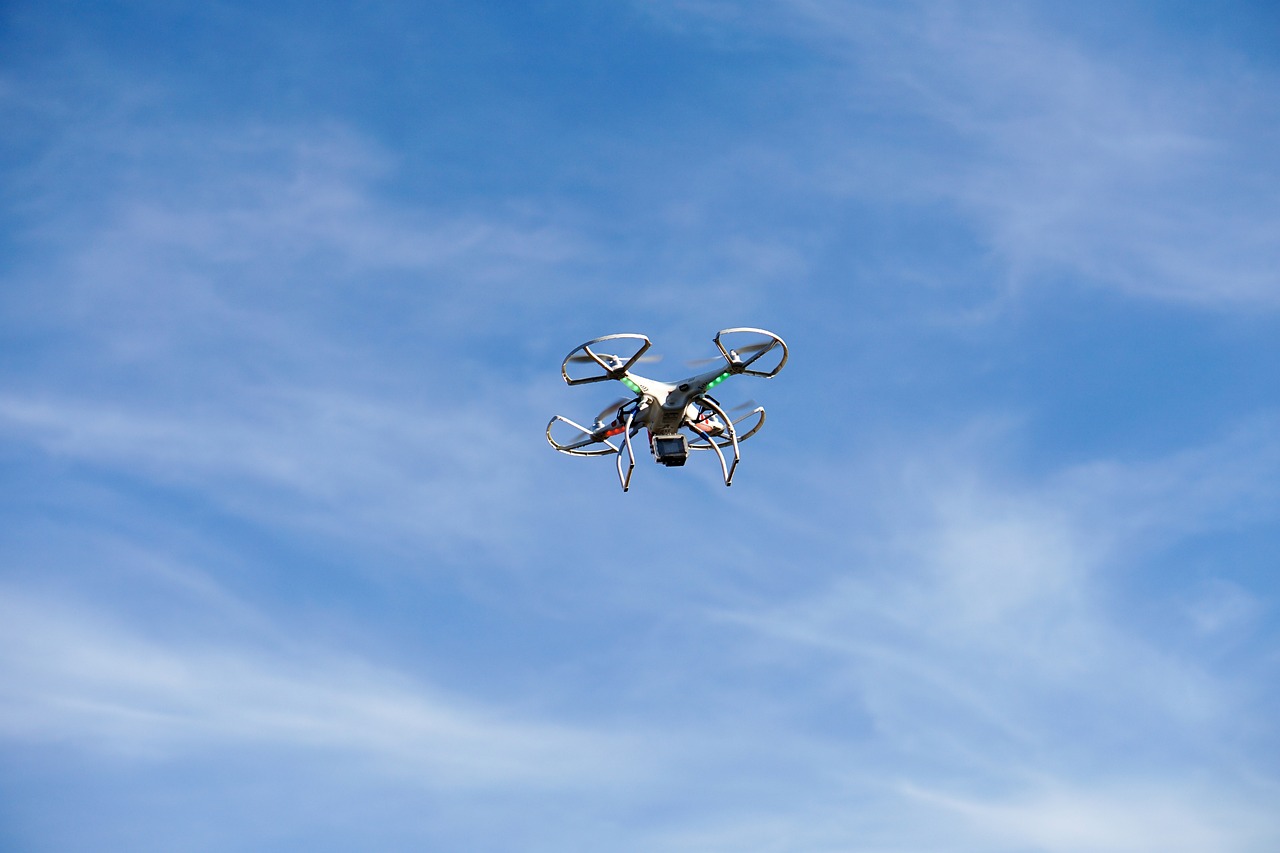Disturbances affect the operation of most technological systems. That is why Estonian IT scientists started looking for ways to improve techniques for estimating disturbances. If successful, many systems should start to ‘dance to the people’s tune’ more effectively.

Text: Arvo Kaldmäe, Research Fellow of the Department of Software Science of the School of Information Technologies of Tallinn University of Technology
System models play a major role in science today. For example, mathematical models can be used both to predict the future and to analyse the properties of systems. But as the model is by its very nature a simplification of reality, there is always some inaccuracies between the model and reality.
The Estonian Research Council is funding the five-year research project PSG833 Development of Disturbance Estimation Techniques for Nonlinear Control Systems, which has been launched this year by researchers from Tallinn University of Technology and is dealing with the estimation of such inaccuracies in these systems.
If you ask what exactly it is, external disturbances to the system are common, for example, in the case of various mechanical systems – whether drones moving in the air or in the water. Their movement is affected by different weather conditions (wind, currents, waves, etc.), which are often modelled as disturbances or simply ignored.
The aim of the project – to create an even more accurate model, but how?
A control system is a dynamic system with free parameters or input variables. Operating a system means influencing it in a way that ensures the desired behaviour of the system.
Such influencing is done through the calculation of appropriate input variables. For this purpose, many different algorithms and techniques have been constructed over time, which are either model-based or data-based. If a model is available, the former are preferred to data-based techniques because they provide more accurate results and allow you to understand what is happening to the system and why.
In the case of model-based techniques, the appropriate input variable is calculated based on the model. This way, the difference between the model and reality is ignored. Unless the difference is too big, it is still possible to achieve satisfactory system behaviour.
Existing techniques can be significantly improved by estimating the disturbances affecting the system and the model inaccuracies and taking them into account in the calculation of the input variable. In essence, this means that a more accurate model is constructed, which also enables to achieve a better end result, i.e. the system behaving in the desired way. The PSG833 project aims to improve some of the techniques for estimating the disturbances and inaccuracies affecting control systems.
The area of use of popular techniques is too narrow
Unfortunately, the more popular techniques currently in use are subject to certain strict prerequisites that are not usually met. This is especially true in the non-linear case, where the equations describing the system can be very complex. In order to apply these existing techniques to more systems, during the project, ways are found to transform the equations of the models so that known techniques for estimating disturbances can be easily applied.
This kind of transformation of equations to special varieties is a very common technique in non-linear control systems to simplify the solutions of different problems. However, the project focuses on finding the conditions that guarantee the existence of a suitable transformation, writing algorithms that find this suitable transformation, and refining and testing these algorithms.
In conclusion, in many cases operating a system is based on models. By assessing the inaccuracies between the model and the actual behaviour of the system, it is possible to significantly improve the functioning of control techniques.
Existing techniques for estimating disturbances and inaccuracies can be applied more widely by converting the equations of the system model to the appropriate special varieties.